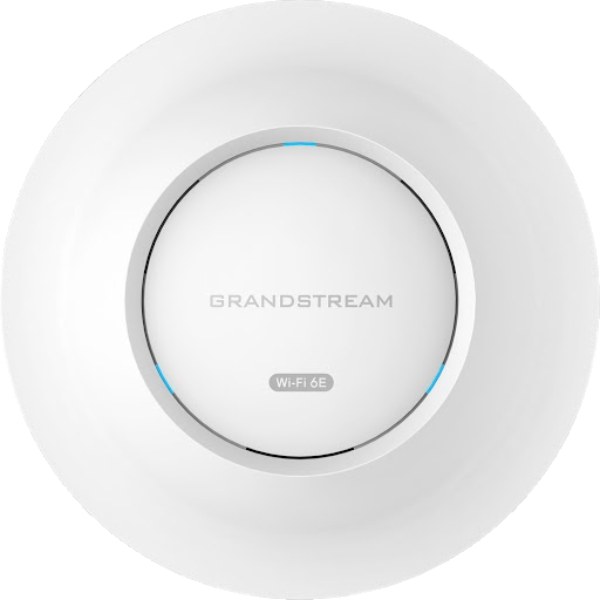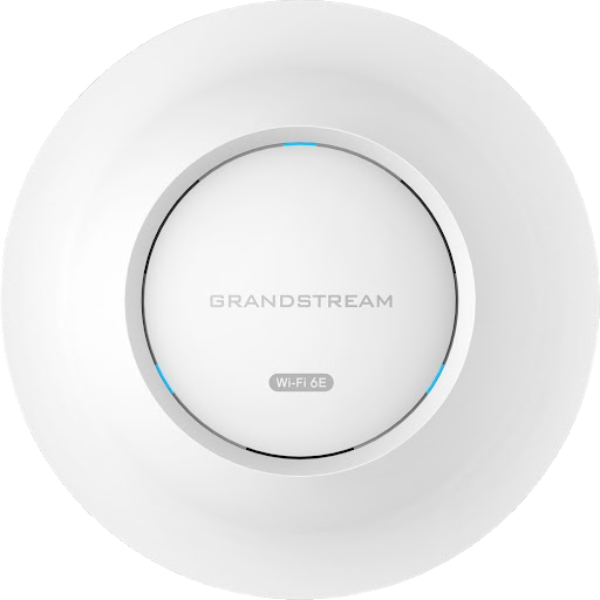Answer
Jul 17, 2024 - 05:19 AM
In a mesh network, including those using GWN7665 APs, the communication between APs (backhaul communication) can occur on the same channels used for client communication or on separate channels, depending on the configuration and the capabilities of the devices.
Mesh Network Backhaul Communication Channels:-
Same Channel (2.4GHz/5GHz):
- Single Radio Devices: For access points with only a single radio, the same channel is typically used for both client communication and mesh backhaul. This can lead to congestion as the same frequency is handling both user data and AP-to-AP communication.
- Dual/Triple Radio Devices: For access points with multiple radios, some radios can be dedicated to client communication while others are used exclusively for mesh backhaul. This helps in reducing interference and optimizing performance.
-
Separate Channel:
- Dedicated Backhaul Channel: Some mesh systems use dedicated backhaul channels, which can be in the 2.4GHz, 5GHz, or 6GHz bands, depending on the hardware and regulatory allowances. A dedicated backhaul improves network efficiency by separating client traffic from inter-AP communication.
-
6GHz Band:
- Wi-Fi 6E: With the introduction of Wi-Fi 6E, the 6GHz band provides additional channels that can be used for either client communication or backhaul. This is particularly beneficial in reducing interference and improving overall network throughput.
- Configurable Backhaul: The GWN7665 APs allow for configurable mesh backhaul settings, meaning administrators can select whether to use the same channel as clients or a different one if the APs support multiple radios.
- Automatic Channel Selection: Many modern APs, including those from Grandstream (like the GWN series), have automatic channel selection and optimization features that dynamically choose the best channels for both client and backhaul traffic to minimize interference and maximize performance.
In a typical deployment:
- Single Radio APs: May use the same channel for both client and backhaul communication, potentially leading to higher latency and lower throughput due to shared bandwidth.
- Dual/Triple Radio APs: Likely use separate radios for client and backhaul communication, often with the option to use a dedicated 5GHz or 6GHz band for backhaul to reduce interference and improve performance.
- 6GHz for Backhaul: If available, using the 6GHz band for backhaul can provide a cleaner and less congested channel, especially useful in dense deployments or environments with a lot of 2.4GHz/5GHz traffic.
To determine the exact configuration for GWN7665 APs in your setup, refer to the device's user manual or configuration interface, where you can specify backhaul settings and optimize the network according to your needs.



